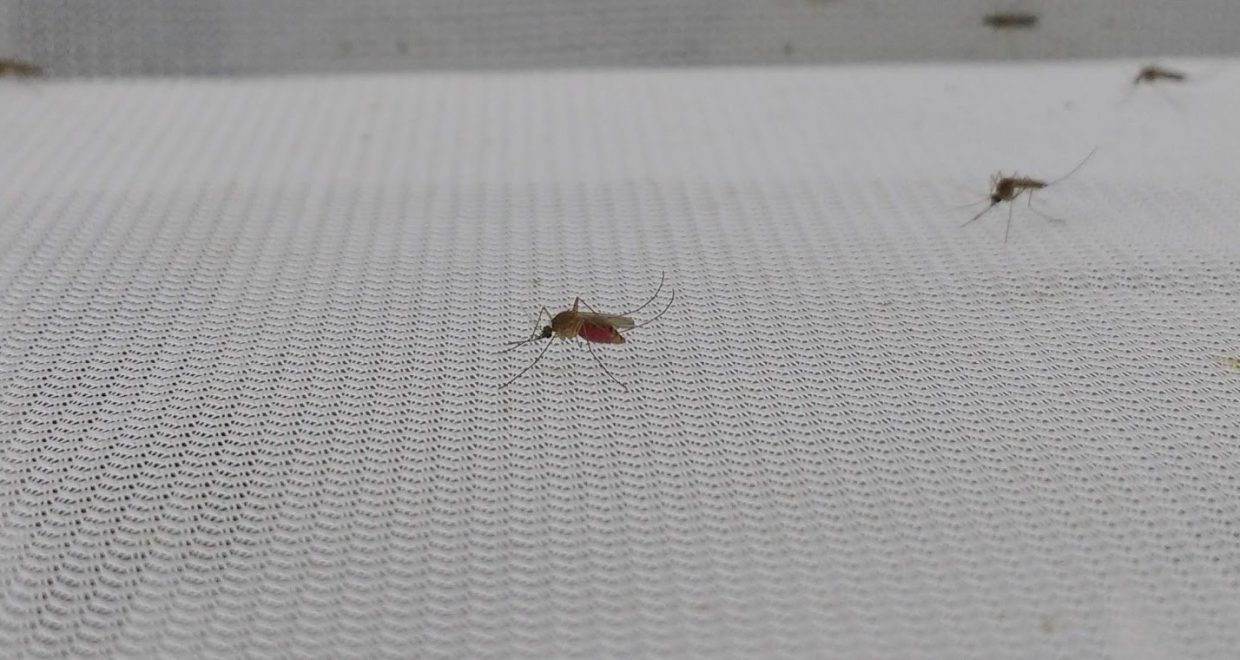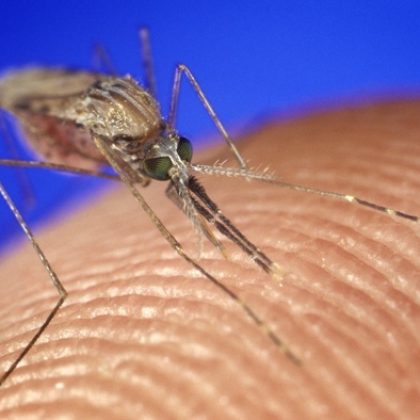Different mosquito species are not equally efficient at transmitting avian malaria parasites
The latest Paper of the Month for Parasitology is Plasmodium transmission differs between mosquito species and parasite lineages
Mosquitoes are one of the main vectors of pathogens such as Plasmodium, the causative agent of malaria, that affect humans and other animals. Avian malaria parasites of the genus Plasmodium include 55 known morpho-species infecting birds worldwide. During the last decades, an increasing number of studies have investigated the role of these parasites in ecology and evolution. The focus has also been on identifying the factors determining their transmission, such as mosquito survival rate and the ability of parasites to develop in mosquitoes, and their epidemiological consequences. The basic reproductive number (R0) is an epidemiological parameter defined as the number of secondary infections caused by an infectious host entering a naïve population. This parameter is estimated from models that incorporate basic information on the transmission process that includes, in the case of avian Plasmodium, host selection by mosquitoes, mosquito survival and the ability of avian Plasmodium to develop in mosquitoes.

The possible association between mosquito species and parasite lineages has been generally tested by determining the presence of different parasite lineages in mosquito pools using molecular methods. However, detecting parasite DNA in a mosquito pool does not guarantee that the parasite can be effectively amplified and transmitted by the mosquito, because DNA can come from non-infective parasite stages. Transmission is only possible when the parasite has colonized the salivary glands and is present in the saliva of the mosquitoes.
To deepen our current knowledge on this important topic, we determined the capacity of transmission of avian Plasmodium parasites by two species of mosquitoes, namely the common mosquito Culex pipiens and the marshland mosquito Aedes (Ochlerotatus) caspius. These two species were chosen because, under natural conditions, Cx. pipiens feeds mainly on birds, while Ae. caspius prefers to feed on mammals, although the latter occasionally includes birds’ blood in its diet. The different contact rates between ornithophilic and mammophilic mosquitoes and birds and hence, their parasites, could affect the vectorial capacity of these mosquito species for the transmission of avian malaria parasites. Furthermore, we compared the relative ability of these mosquitoes to transmit four different Plasmodium genetic lineages, two corresponding to Plasmodium relictum and two related to Plasmodium cathemerium.
By using molecular identification of parasite DNA in the saliva of mosquitoes, we evidenced that Cx. pipiens was able to transmit the four Plasmodium lineages, while Ae. caspius was unable to transmit any. However, parasite lineages related to the P. cathemerium were transmitted at a higher rate than those corresponding to P. relictum. Furthermore, a higher mortality rate was found in mosquitoes fed on P. relictum-infected birds than in those infected by P. cathemerium related lineages. These differences found between mosquitoes and parasite lineages has important consequences for the R0 of this widespread parasite and suggest that not all lineages of avian Plasmodium are equally transmitted by mosquitoes and that not all species of mosquito can transmit the different avian Plasmodium lineages.
The article Plasmodium transmission differs between mosquito species and parasite lineages by Rafael Gutiérrez-López, Josué Martínez-de la Puente, Laura Gangoso, Ramón Soriguer and Jordi Figuerola is freely available for one month.






